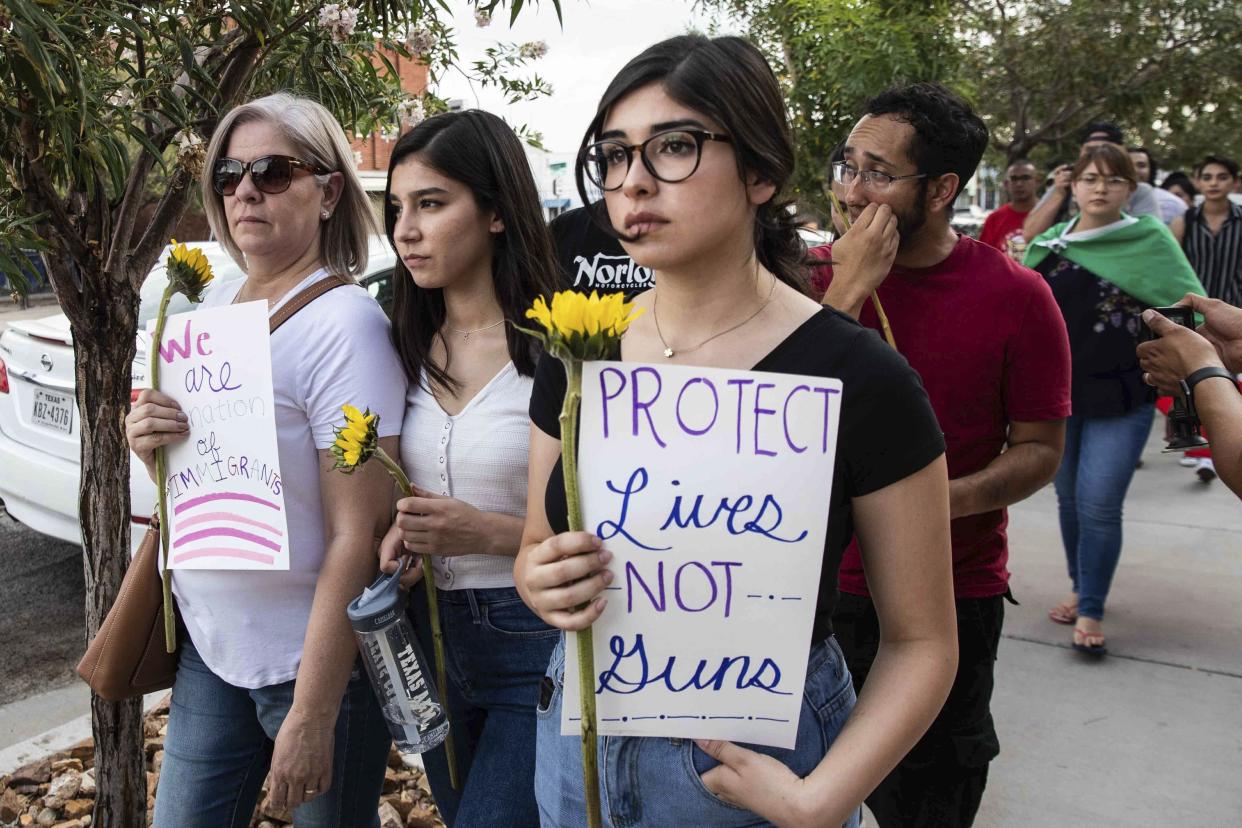Why gun violence seems to rise in hot weather

It seems that with the heat of summer comes a surge of violence.
The August long weekend saw a dramatic spike in gun violence in Toronto, as well as horrific fatal shootings in Dayton, Ohio and El Paso, Texas.
In Toronto, 17 people were shot during the Civic holiday weekend throughout the city, including at a busy nightclub. The increase of incidents was enough for the police to call for more resources.
Stateside, a man in Dayton was shot dead by police after a storming a bar with a high capacity rifle, killing nine people and injuring 27. In El Paso, 20 people were killed and two dozen injured after a gunman opened fire in a shopping mall.
Do the seemingly endless accounts of violence in summer months have a connection to the hot weather? Several studies point to yes.
A 2001 study called Heat and Violence by University of Iowa professor Craig Anderson found that there were 2.6 per cent more homicides and assaults in the U.S. during the summer months than in the winter. A 2010 study of violence in Cleveland between 1999 and 2004 suggested that warmer temperatures paralleled the higher number of aggressive crime.
Jooyoung Lee is an associate professor of sociology, with an expertise in gun violence, at the University of Toronto. He says the link between warmer weather and higher crime rates is a pattern that’s seen in virtually all North American cities. However, he says the analysis can be problematic since people assume the violence is directly related to the heat.
“They think it’s causing people to boil into rage and violence and that’s a simplistic way of looking at how the social world works during the summer versus the rest of the year or how that corresponds to who’s at risk of becoming a violent offender or a victim in the shooting,” he tells Yahoo Canada.
Warmer weather brings people out to public places in larger numbers, which leads to mingling in crowds of strangers. This brings together people who don’t know each other and may be suspicious of other youth they don’t know, or ones they might have rivalries with.
“What we have is a time of the year when people are getting together who don’t know each other and are also most at risk of getting into fights and arguments and committing violence against one another,” he says.
Another factor is the rise of special events like music festivals and cultural gatherings that reinforce the same pattern of bringing together crowds of strangers.
“There’s increased opportunities for interpersonal conflict, which could quickly escalate into a violent altercation, particularly if one or both parties are armed,” says Lee.
The challenge with analysis that examines the links between violence in summer months is that it stops there, by assuming it’s the heat that’s to blame. However, Lee says there are other things worth considering.
“Summer’s a time when school is out, people who are recent grads or that early adult phase of life have more time on their hands,” he says. “That in turn, intermingles with the fact that there’s more hours of sunlight. There’s a lot of different things that are bringing people out into open interactions with strangers and that can increase the odds of potential violence spilling over from otherwise routine, mundane interactions.”


